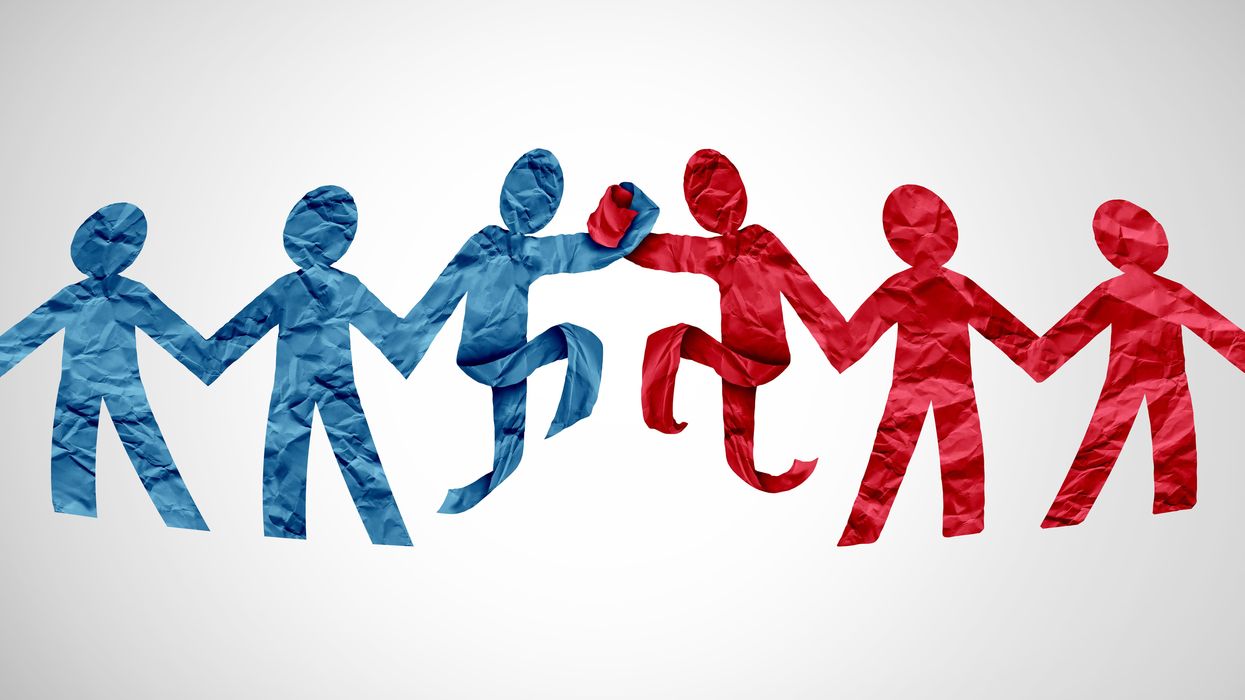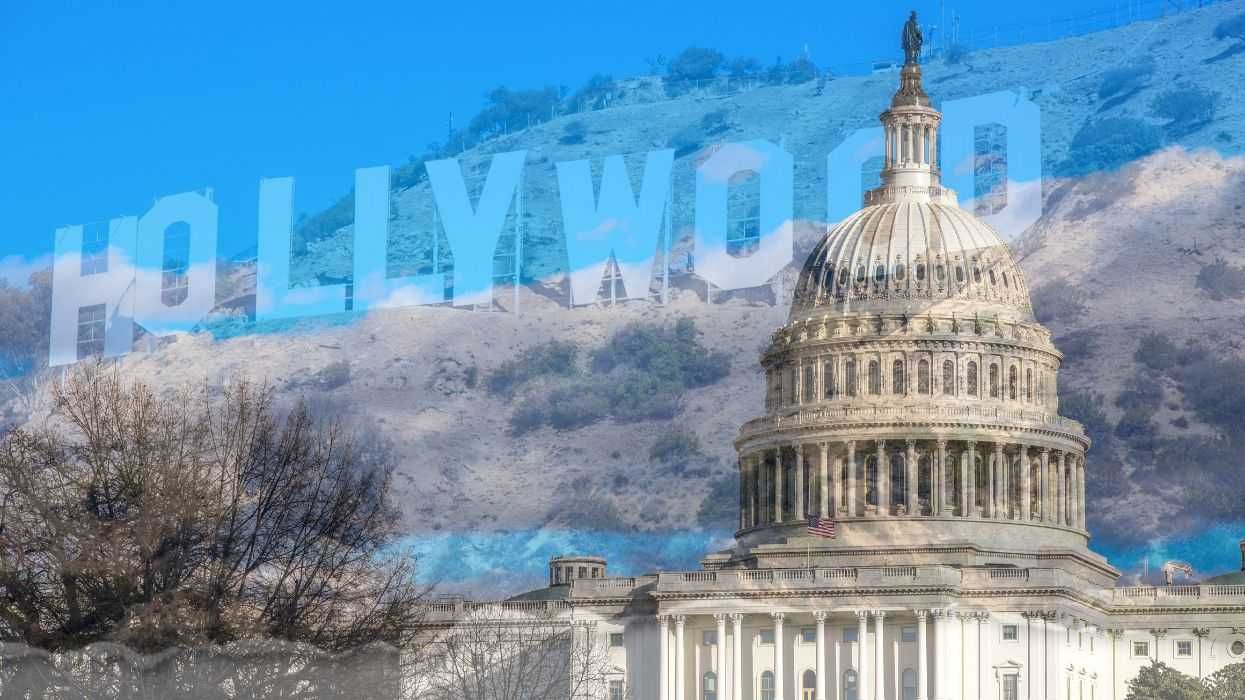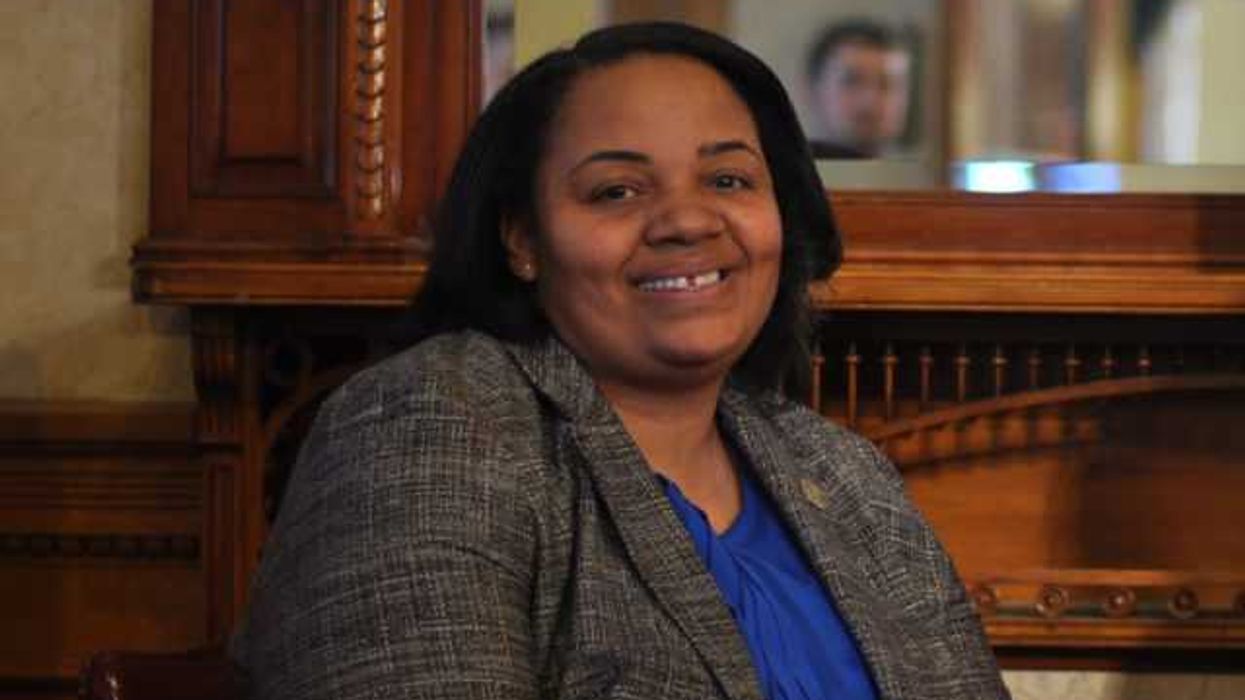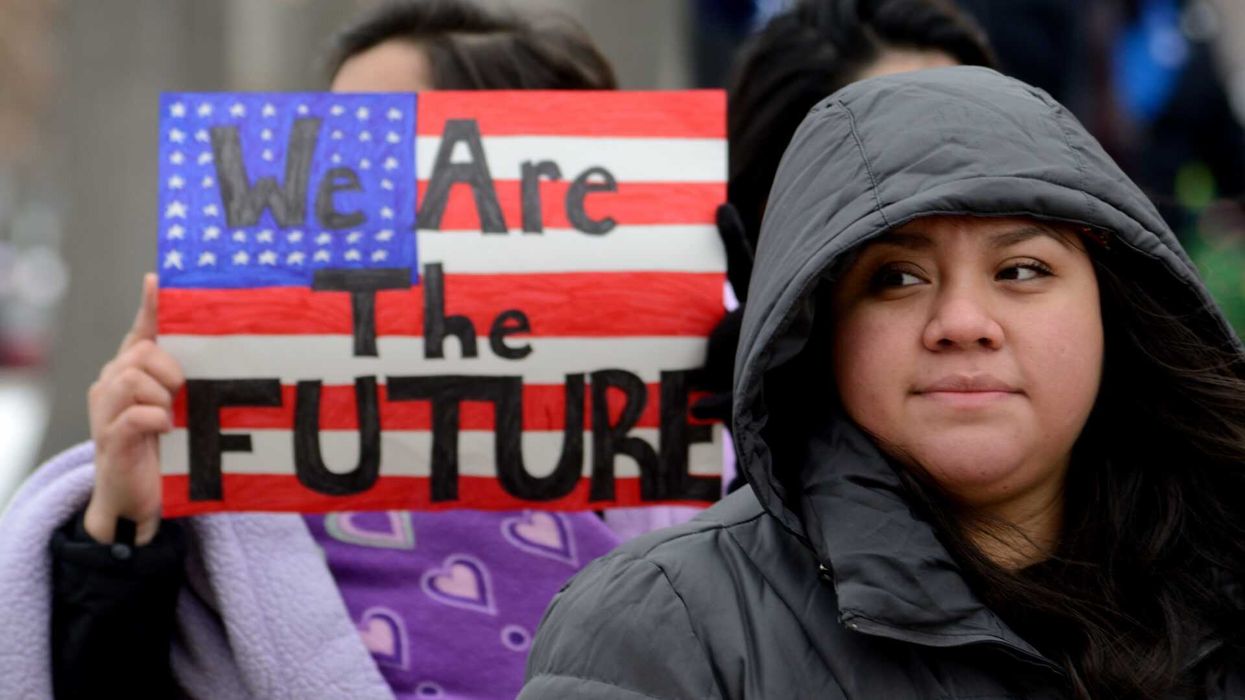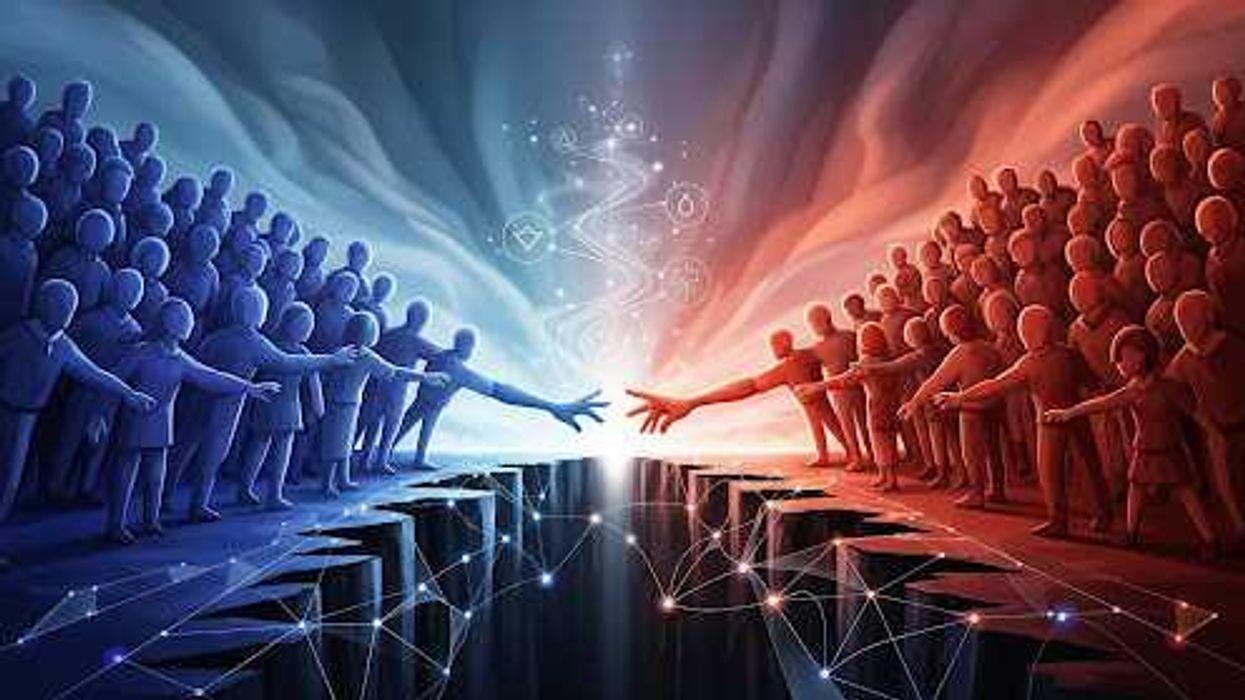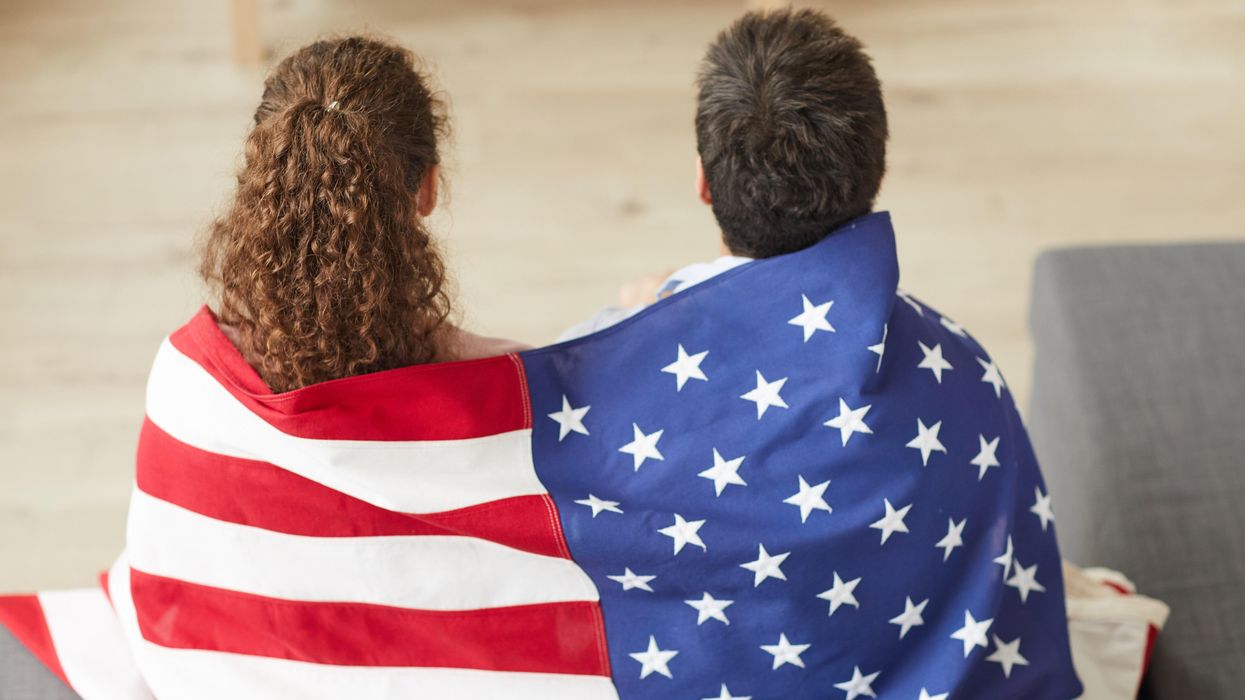Erdman is founder and president of the Center for Collaborative Democracy, which is organizing the Grand Bargain Project.
Orekondy is an attorney and community organizer, and is Partnerships Director at the Grand Bargain Project.
American democracy is facing an onslaught of fear and anger — driven by elections that candidates can win just by demonizing opponents, and social media that earn billions by stoking our primal emotions. Those emotions are so raw that frequent calls for civility have failed to work.
Indeed, after the upcoming election, voters on the losing side are likely to lash out more fiercely than ever in our lifetimes. And in January, the two parties are nearly certain to clash incessantly over a path forward, further fueling Americans’ angst, perhaps to the breaking point.
What would it take to replace fear and anger with solid grounds for hope? To that end, the Grand Bargain Project has identified six goals that 90+ percent of Americans see as critical to their future:
- Boosting economic mobility and growth.
- Reforming education so students can reach their potential.
- Making health care more effective and less costly.
- Curbing the national debt.
- Powering the economy with clean energy.
- Making the tax code fairer and simpler.
Are these goals within reach? As things stand, nearly every law is enacted to satisfy some voters, interest groups and politicians — at one point in time. Current policies thereby contradict one another, severely limiting their effectiveness.
So, if common-sense reforms in all six areas were combined, might that produce massive benefits to society?
To find out, we distilled ideas from top former federal officials, think tank leaders, diverse citizens and stakeholders in the six areas. The result: a combination of reforms that struck us as having the potential to improve nearly every American’s prospects.
While each person who has seen the result has found parts they disliked, nearly all have preferred the total package over the country’s current direction, including:
- 97 percent of attendees at our Braver Angels workshop in June.
- 91 percent of stakeholders in the above areas whom we have interviewed to date.
- 92 percent of attendees at a Young Presidents Organization meeting in August.
- 85-plus percent of high-profile deficit hawks, climate activists, liberals and libertarians interviewed.
Given these levels of approval, we see the potential to build a nationwide movement large enough for most political leaders to pay attention. To that end, the project is moving forward along four tracks:
1) Bridge Alliance, leaders of various Rotary Clubs and other grassroots organizations are working with us to incorporate the Grand Bargain into their ongoing programs.
2) Braver Angels will soon start hosting workshops to deliberate over the six issues. We too, in cooperation with Living Room Conversations, will begin holding community deliberations — both in person and online — over the content of the Grand Bargain, and incorporate the results into the next iteration.
3) On a parallel track, we have interviewed 23 major stakeholders in the six areas and are scheduling interviews with another 30. We will incorporate their feedback into the next iteration, which we expect to release in early December. We will then ask the stakeholders to publicly endorse the plan.
4) To mobilize the 100+ million “exhausted majority” of Americans who hunger for a better future, but disagree about how to get there — and therefore lack power to affect change, we will broadcast digital-social messages such as:
If just a fraction of us put aside our differences and unite into a movement supporting the Grand Bargain, we could at last exert influence proportional to our numbers.
To further empower the exhausted majority, we are seeking their input on the content of the Grand Bargain, inviting the public to endorse the evolving plan and asking them to enlist their personal networks.
Once we have built broad support from the public and stakeholders, our advisors who have strong connections to the president-elect and new congressional leaders will ask them to consider the following:Almost half the country sees each of you as a threat to their future. And each party is certain to block the other’s agenda. If you want to win wide public support — and actually lead this country — your best alternative, we believe, is to adopt the Grand Bargain as your governing agenda. It would, after all, advance the goals that over 90 percent of Americans see as necessary for them to thrive.
Our project is clearly ambitious. But we know of no other credible way to unite Americans across the spectrum around a practical plan to boost economic mobility, curb the debt, accelerate the transition to clean energy, or attain the other key objectives.
We urge you to join us in helping shape this new governing agenda.





